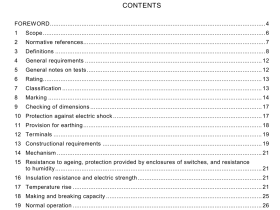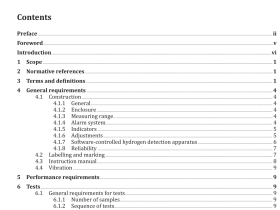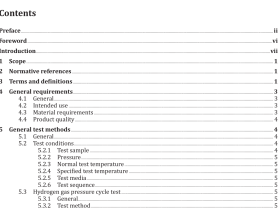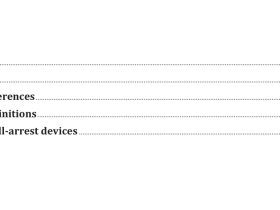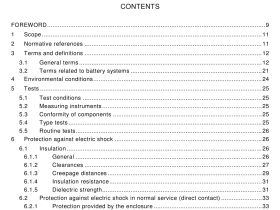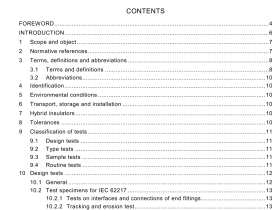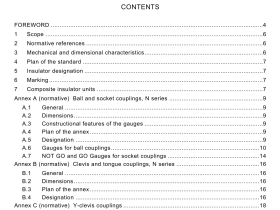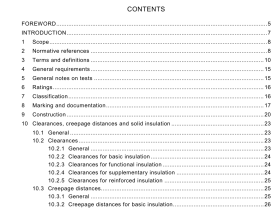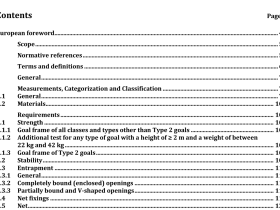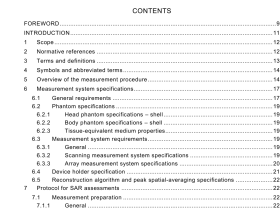AS 5013.26 pdf download
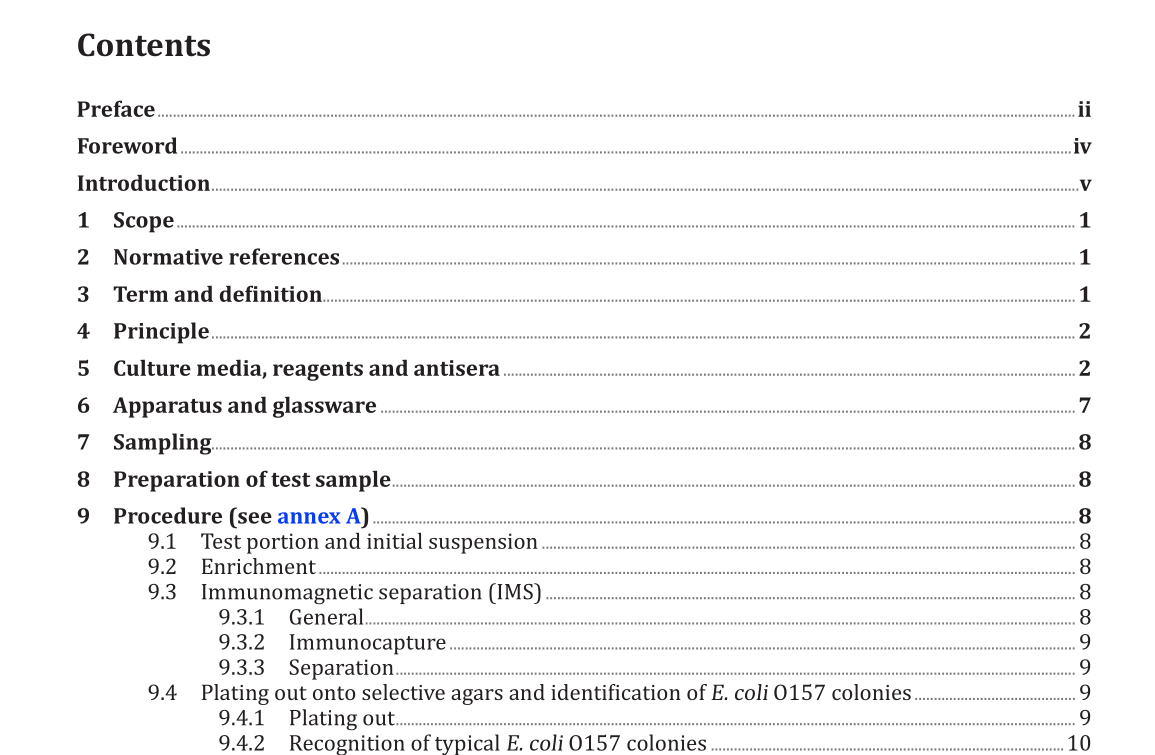
AS 5013.26 pdf download.Food microbiology
1 Scope
This International Standard specifies a horizontal method for the detection of Escherichia coli serogroup O157. Subject to the limitations discussed in the introduction, this International Standard is applicable to products intended for human consumption or for animal feeding stuffs.
2 Normative references
The following normative documents contain provisions which, through reference in this text, constitute provisions of this International Standard. For dated references, subsequent amendments to, or revisions of, any of these publications do not apply. However, parties to agreements based on this International Standard are encouraged to investigate the possibility of applying the most recent editions of the normative documents indicated below. For undated references, the latest edition of the normative document referred to applies. Members of ISO and IEC maintain registers of currently valid International Standards. ISO 6887-1, Microbiology of food and animal feeding stuffs — Preparation of test samples, initial suspension and decimal dilutions for microbiological examination — Part 1: General rules for the preparation of the initial suspension and decimal dilutions. ISO 7218, Microbiology of food and animal feeding stuffs — General rules for microbiological examinations.
3 Term and definition
For the purposes of this International Standard, the following term and definition applies. 3.1 Escherichia coli O157 E. coli O157 microorganisms which form typical colonies on the surface of the plating-out medium used in this International Standard, and which produce indole and agglutinate specifically with antiserum against the O157 antigen Note 1 to entry: Sorbitol-positive E. coli O157 strains are not detected on CT-SMAC (5.2) media. Note 2 to entry: Some indole-negative mutations have been found.
4 Principle
The detection of Escherichia coli O157 necessitates four successive stages (see annex A). a) Enrichment of the test portion homogenized in modified tryptone soya broth containing novobiocin (mTSB + N) with incubation at 41,5 °C ± 1 °C for 6 h and subsequently for a further 12 h to 18h. b) Separation and concentration of microorganisms by means of immunomagnetic particles coated with antibodies to E. coli O157. c) Isolation by subculture of the immunomagnetic particles with adhering bacteria onto cefixime tellurite sorbitol MacConkey agar (CT-SMAC) and the user’s choice of a second selective isolation agar. d) Confirmation of sorbitol-negative colonies from CT-SMAC and colonies typical of E. coli O157 on the second isolation agar, by indole production and agglutination with E. coli O157 antiserum. NOTE Further characterization, by for example pathogenic markers, of the positive isolates can be obtained by forwarding them to an appropriate reference laboratory.
5.2.4.2 Preparation
Either cool the freshly sterilized base medium (5.2.1) to between 44 °C and 47 °C (6.5), or melt it by steaming the previously sterilized and solidified base medium, then cool to between 44 °C and 47 °C. Add 1 ml of the tellurite solution and 1 ml of the cefixime solution to 1 000 ml of the base medium. Mix and pour about 15 ml amounts into sterile Petri dishes (6.15). Allow to solidify. The final concentration of tellurite is 2,5 mg/l and cefixime 0,05 mg/l. Immediately before use, dry the agar plates, preferably with the lids removed and with the agar surfaces facing downwards, in an oven set at a temperature between 25 °C and 50 °C (6.2), until the droplets have disappeared from the surface of the medium. Do not dry them any further. The agar plates may also be dried in a laminar-flow safety cabinet for 30 min with half-open lids, or overnight with the lids in place. If prepared in advance, the undried plates may be stored in the dark in plastic bags or other moisture- retentive containers, in a refrigerator at 3 °C ± 2 °C for up to 2 weeks.
